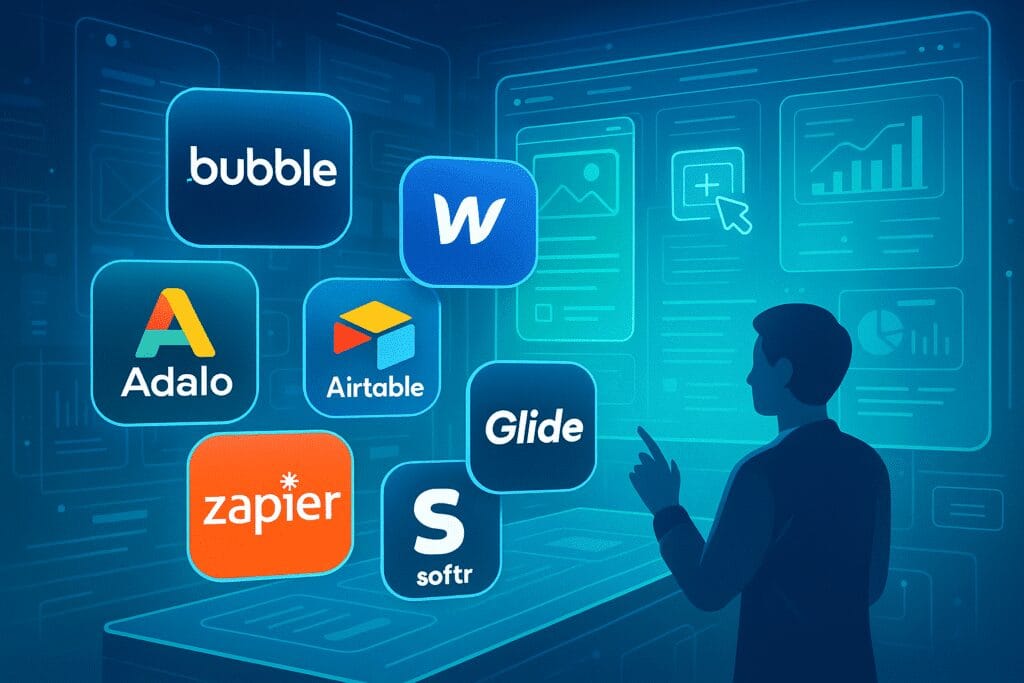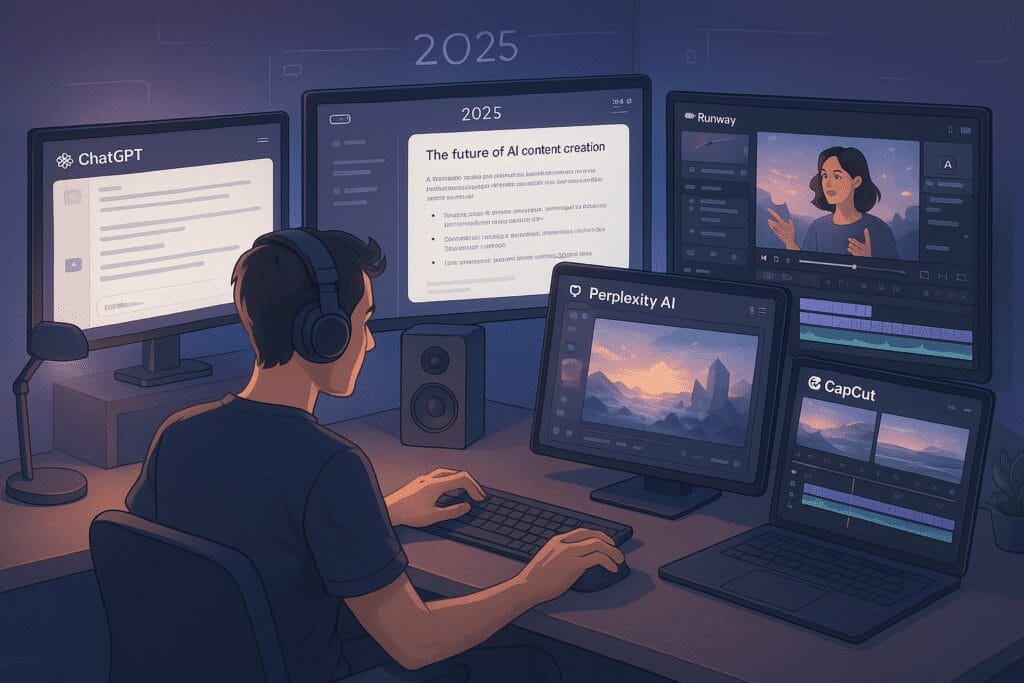🛠️ Top 7 No-Code Tools for Non-Developers in 2025
Real tools for real people who don’t code
Let’s Be Real: Not Everyone Wants to Code — and That’s Okay
We’ve all been there. You have a great idea for a website, app, or tool, but the moment someone says “learn JavaScript,” your brain checks out. Good news? In 2025, you don’t need to touch a single line of code to bring your ideas to life.
I’ve personally tried a bunch of these tools (some more than once after giving up the first time 🙃), and I’ve put together a list of my top 7 favorite no-code platforms that you can actually use — even if your tech skills stop at Excel and Google Docs.
1. Bubble – Your Web App MVP, Minus the Dev Team
I’ll admit it — Bubble has a bit of a learning curve. But once you get the hang of it? Game changer. You can build apps with real functionality — think user logins, databases, and dashboards — all by dragging stuff around on a screen.
🟢 What I like: Super flexible. You’re building logic, not just designs.
🟡It’s got depth — don’t expect to nail it overnight.
Best if you’re building something big — like a startup or side hustle.
2. Webflow – The Design Tool That Makes You Feel Like a Pro
I’ve used Webflow for everything from portfolio sites to full-on blogs. It feels like Figma and WordPress had a baby — and it’s honestly a joy to use once you get into it.
🟢 I liked how much control it gave me — plus, the built-in CMS saved tons of time.
🟡 Not the easiest at first — especially if you’ve only used simple builders before.
.
3. Adalo – Mobile Apps Without Mobile Dev Headaches
Want to launch an app without hiring developers? Adalo’s your guy. It’s simple, visual, and you can actually publish your app to the App Store or Google Play.
🟢 What I like: Mobile-first. Super clean UI.
🟡 What to know: Better for smaller apps. Complex stuff may hit limits.
Great for: Booking apps, directories, anything you want on a phone.
4. Airtable – A Spreadsheet That Decided to Be a Database
Airtable looks like a spreadsheet but behaves like magic. You can run an entire business backend with it, and it plays nicely with most other no-code tools.
🟢 What I like: Flexible, clean interface, great templates.
🟡 What to know: You’ll quickly want to upgrade from the free plan.
Perfect for: Project tracking, CRMs, content planning, and more.
5. Zapier – The Glue That Connects It All
This one’s a lifesaver. Zapier connects your apps — like Gmail, Slack, Trello, and Airtable — and lets you automate stuff without even thinking about it.
🟢 What I like: Simple “if this, then that” logic.
🟡 What to know: Free plan has limits; you’ll hit them faster than you think.
Great for: Automating boring tasks so you can, you know, have a life.
6. Glide – Build Apps from Google Sheets (No Joke)
Glide blew my mind when I first used it. You literally plug in a Google Sheet, and boom — you’ve got an app. It’s ideal for small internal tools or even client dashboards.
🟢 What I like: Fast setup, modern designs.
🟡 What to know: Data lives in the spreadsheet — don’t delete the sheet!
Best for: Inventory tracking, team directories, quick tools for work.
7. Softr – Build Client Portals and Marketplaces in Hours
Softr is seriously underrated. You can spin up gated sites, portals, and member directories with user logins and payment systems — all on top of Airtable.
🟢 What I like: Templates are actually useful.
🟡 What to know: Limited design customization, but gets the job done.
Works well for things like private dashboards, team hubs, or even small online communities.
Final Thought
🧩 Been there — lots of ideas, zero coding chops. These tools helped me finally build stuff without getting stuck.




Good ?V I should certainly pronounce, impressed with your website. I had no trouble navigating through all the tabs and related information ended up being truly easy to do to access. I recently found what I hoped for before you know it at all. Quite unusual. Is likely to appreciate it for those who add forums or anything, web site theme . a tones way for your client to communicate. Nice task..